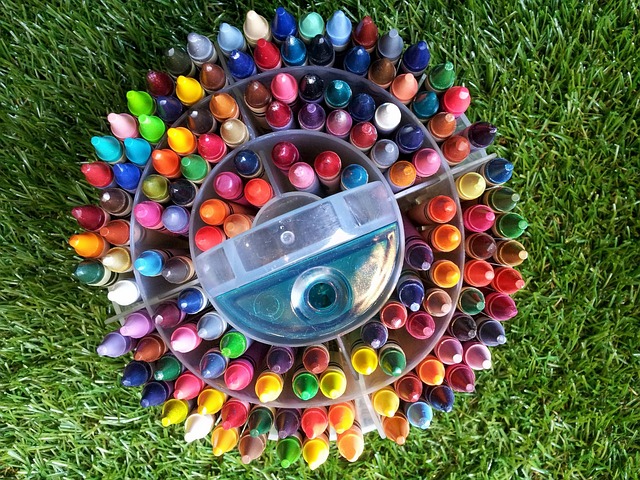Rearranging furniture is different than changing beliefs about instruction. One is easier than the other, and one is more important.
Although classroom design is a passion of mine, furniture is ultimately something that we can all purchase. Furniture can occupy any space regardless of the belief system found within the space. Something much more powerful than sofas and flexible-seating should be at the forefront of classroom design conversations.
How and why we teach — and lead — is more important than the desk vs. table debate. Our purpose and the prevailing pedagogy we use reveal our inner beliefs about who owns the learning. When we’re designing a classroom or office, we should start by thinking about how we might increase student ownership before buying innovative furniture.
When I redesigned my office, I started by reflecting on my practice before I bought anything new. I made changes to my thinking and behavior without spending a dime. For example, I wanted my office to be a space that amplified student voice more. I stopped spending hours each week writing a school newsletter that only a handful of people probably read. I started empowering our students to help update families on the important learning happening in their classrooms via video. Now students create a regular “Principal’s Podcast” during lunch and recess time, and their videos highlight their voices while providing important updates to our school community.
Only after this belief had been cemented into practice did I begin purchasing “stuff” to support the transformation. I picked up a green-screen from Amazon for $20, and hung it from the ceiling using some PVC pipe and bungee cords. Now our students are able to get even more creative when recording podcasts with me.
Whether I’m redesigning my office to be more student-centered, or working with a teacher who wants to ditch the desk, we always strive to inject more student agency into conversations about design. Another example of this is how our team is giving kids more control over what their lunchtime feels like. We started a cafeteria DJ program that allows kids to choose the music/genre they’ll listen to while they are eating. Whether it’s classical music, rock or hip-hop, the vibe of our cafeteria has completely changed! We didn’t need to buy new cafeteria tables to redesign our lunchroom, we just needed to change our thinking so that students’ voices were more prominent.
We use an iPod loaded with different songs and genres. We also display some musical genre posters along the wall next to the iPod so that students can reference those. This example is not intended to be earth-shattering because it’s not. However, it demonstrates that changes in how we think about student voice and agency can have a profound impact on how students experience school.
As student agency becomes an increasing part of your classroom and school culture, new opportunities to empower kids will continually emerge simply because we get better at looking for them. The reality is that the most innovative changes we can make to classroom design are not easily seen. How professionals practice student agency is something that can be felt by the students we serve.
Brad Gustafson is Minnesota’s 2016 National Distinguished Principal and the author of “Renegade Leadership: Creating Innovative Schools for Digital-Age Students.” Learn more about student agency on his website BradGustafson.com or connect with him on Twitter @GustafsonBrad. Images provided by author.
____________________________________
Like this article? Sign up for ASCD SmartBrief to get news like this in your inbox, or check out all of SmartBrief’s education newsletters, covering career and technical education, educational leadership, math education and more.
